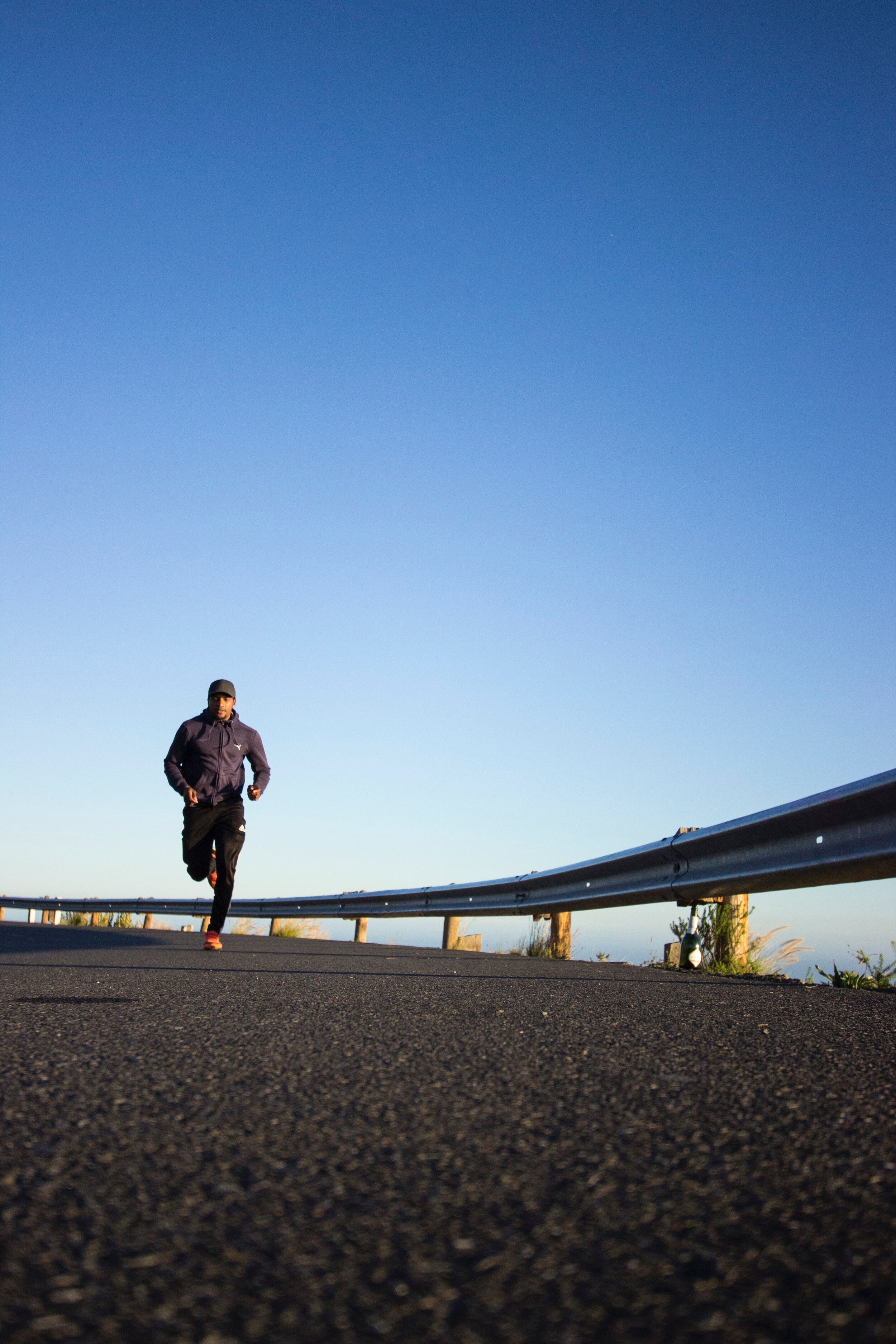Running economy, similar to miles per gallon in a car, is the amount of oxygen and energy required to propel a runner over a given distance. In addition to fuel utilization, runners with better economy demonstrate better running form and a faster processing of metabolic wastes during exercise. This measure has been shown to have a large impact on running performance with a direct relationship between running times and efficiency. Strength training has long been shown to improve running economy and in turn running performance. Trained runners demonstrate faster times and a stronger final “kick” as they approach the finish line of the race. A recent study highlights the Physical Therapy measurements most associated with running economy and in turn performance.
Newton and colleagues in the Journal of Strength and Conditioning Research studied 28 well trained distance runners (2019). Each participant was tested for maximum strength (1 rep max), eccentric strength, counter movement jump, leg stiffness and running economy (lactate and VO2 max measurements at 7-10 mph. Surprisingly, authors did not find a significant relationship between running economy and maximum strength, concentric strength, or reactive strength at any running speed. Conversely, running economy was most associated with eccentric length strength and leg stiffness.
Contact the experts at MEND to learn how you can improve your running economy and leg strength

